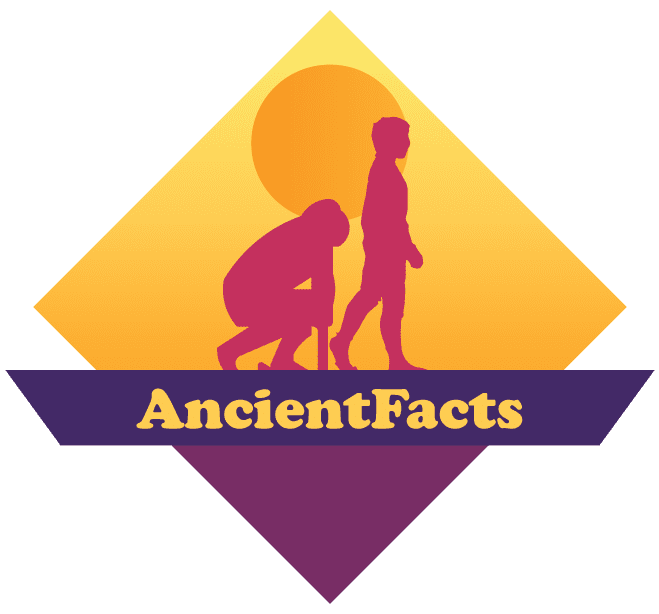Argon was suspected to be present in the air by Henry Cavendish in 1785 but wasn't discovered until 1894 by Lord Rayleigh and Sir William Ramsay. It is the third noble gas in period 8, and it makes up about 1% of the Earth's atmosphere. Argon has approximately the same solubility as oxygen, and it is 2.5 times as soluble in water as nitrogen. This chemically inert element is colourless and odourless in both its liquid and gaseous forms. It is not found in any compounds.
This gas is isolated through liquid air fractionation since the atmosphere contains only 0.94% argon. In contrast, the Martian atmosphere contains 1.6% of Ar-40 and five ppm of Ar-36. World production exceeds 750.000 tonnes per year, the supply is virtually inexhaustible. In cosmic abundance, argon ranks approximately 12th among the chemical elements. Argon constitutes 1.288 percent of the atmosphere by weight and 0.934 percent by volume and is found occluded in rocks. Although the stable isotopes argon-36 and argon-38 make up all but a trace of this element in the universe, the third stable isotope, argon-40, makes up 99.60 percent of the argon found on Earth.

Chokniti Khongchum/ Pexels | Argon is the third-most abundant gas in the Earth's atmosphere, at 0.934%
Argon is extracted industrially by the fractional distillation of liquid air. Argon is mainly used as an inert shielding gas in welding and other high-temperature industrial processes where ordinarily unreactive substances become reactive; for example, an argon atmosphere is used in graphite electric furnaces to prevent the graphite from burning. Argon is also used in incandescent, fluorescent lighting, and other gas-discharge tubes. Argon makes a distinctive blue-green gas laser. Argon is also used in fluorescent glow starters.
Health effects of argon
Routes of exposure
The substance can be absorbed into the body by inhalation.
Inhalation risk
On loss of containment, this liquid evaporates very quickly causing supersaturation of the air with a serious risk of suffocation when in confined areas.

Alexandr Podvalny/ Pexels | Argon is the go-to gas when an inert environment is needed
Effects of exposure
This gas is inert and is classified as a simple asphyxiant. Inhalation in excessive concentrations can result in dizziness, nausea, vomiting, loss of consciousness, and death. Death may result from errors in judgment, confusion, or loss of consciousness which prevent self-rescue. At low oxygen concentrations, unconsciousness and death may occur in seconds without warning.
Uses for an inert gas
The first hint of argon's existence came in 1785, when British scientist Henry Cavendish reported a seemingly inert portion of air, according to the RSC. Cavendish wasn't able to figure out what this mysterious 1 percent was; the discovery would come more than a century later, in 1894.

RODNAE Productions/ Pexels | Argon is produced industrially by cryogenically distilling air
Working concurrently and in communication with Lord Rayleigh (John William Strutt), Scottish chemist William Ramsey identified and described the mysterious gas. The two shared the Nobel Prize in Chemistry in 1904 for the discovery. Argon led to other eureka moments for Ramsey, as well. While investigating the element, he also discovered helium, according to the Nobel Prize organization. Realizing that related elements likely existed, he then found neon, krypton, and xenon in quick succession.




